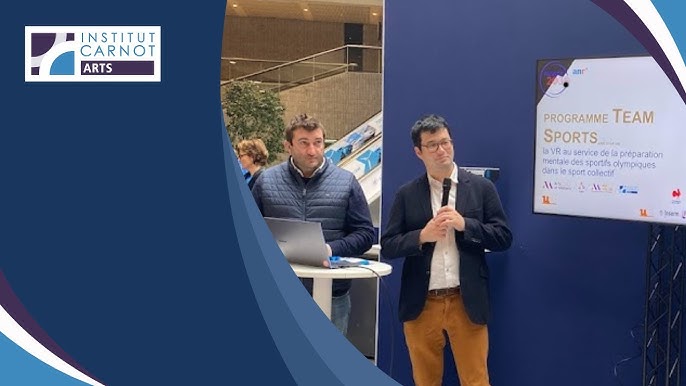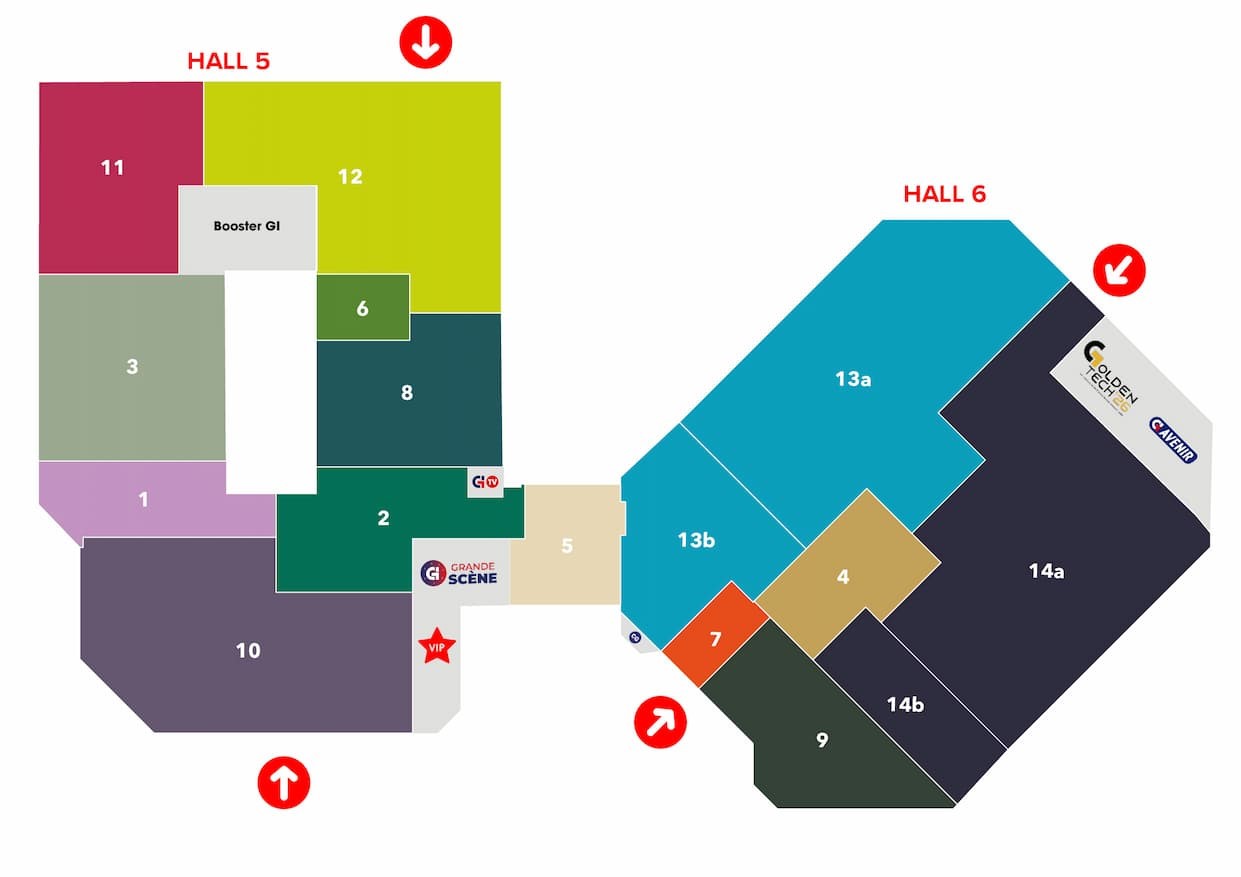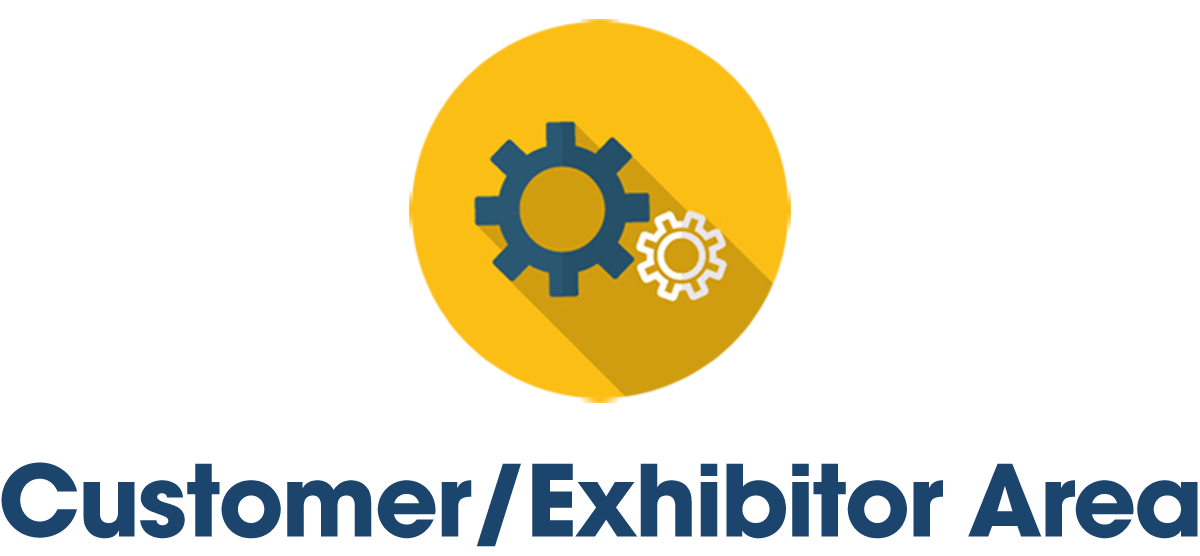
- Homepage
- Our latest news
- Virtual reality for athletes
Virtual reality for athletes
In the run-up to the Olympic and Paralympic Games, there is a lot of talk about mental preparation. At the Global Industrie 2024 trade show, in the ‘Science and Sport’ area, researchers shared the results of their work on virtual reality for sportspeople.
Jean-Rémy Chardonnet, university professor and deputy director of the Institut de Chalon-sur-Saône, and Mickaël Campo, lecturer in sports psychology at the University of Burgundy and head of mental preparation at the FFR, testified that the “Team Sports” project, which uses technological tools to improve mental preparation, is representative of this evolution.
“The Team Sports project emerged in the wake of performance fluctuations at the French Rugby Federation [FFR] ahead of the 2019 World Cup. These variations led to a reflection on performance optimization factors, highlighting the importance of mental aspects such as emotion management and emotional influence. Mental preparation, often approached in an empirical and subjective way, lacked a solid scientific basis, which motivated a new, more structured approach based on sport psychology”, explains Mickaël Campo, lecturer in sport psychology specializing in team sports at the University of Burgundy, head of mental preparation at the FFR and president of the French Society of Sport Psychology. With the Priority Research Program (PPR), supported by the government with a view to the Paris Games,” he continues,” several team sports federations - rugby, soccer, handball, basketball, volleyball - have joined forces to explore possible improvements in group dynamics and emotion management. The Team Sports project aims to develop scientific knowledge, support national teams, structure federations in the field of mental preparation and train coaches, with a particular focus on team cohesion and identity processes.” This project, which involved over 3,000 participants over three and a half years, including top-level players and coaches, aims to understand why some players prioritize their personal interests to the detriment of the collective, and how to develop a sense of “us”. It also explores the impact of group identification on performance, focusing on the influence of emotions, interactions and decision-making. Finally, he looks at the creation of technological tools, notably virtual reality (VR), to enhance mental preparation.
VR for emotional training
“VR is used to immerse players in realistic environments, such as a full stadium, to elicit emotional states that they can then train. This makes it possible to recreate match situations without the need for large infrastructures. However, the integration of VR brings with it challenges, such as adapting players and coaches to this technology, and the need to design tools that are simple and effective to use, while avoiding the potential physical discomforts associated with it, points out Jean-Rémy Chardonnet, University Professor and Deputy Director of the Institut de Chalon-sur-Saône. The main objective is to make the VR experience as realistic as possible, so that the behaviors observed can be applied directly in real-life situations. This implies paying particular attention to embodiment in VR, meaning that users must feel fully immersed in their virtual bodies, with interactions that faithfully reproduce their movements as well as the sound and visual environment of a real match.” While this project uses simple avatars to represent players in virtual reality, it could in future incorporate individual characteristics, such as skin color. The aim is “to give a feeling of immersion and reinforce the sense of identity, whether individual or collective,” says Jean-Rémy Chardonnet. For example, for an individual identity, an avatar could wear a neutral jersey with the player's name displayed on a screen. For a collective identity, avatars would all wear the same team jersey, and visual and audio elements such as La Marseillaise would be used to reinforce the feeling of belonging to a group”. The project, mainly tested with rugby players, is currently being expanded to other sports such as soccer, handball and basketball. “Tests have shown that the use of collective elements, such as the display of team colors and fan chants, increases the sense of social identity and belonging to a team,” he adds. Players then identify less as isolated individuals and more as members of a group, which positively influences their behaviors and interactions.”








